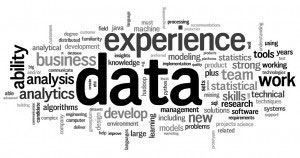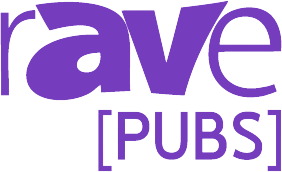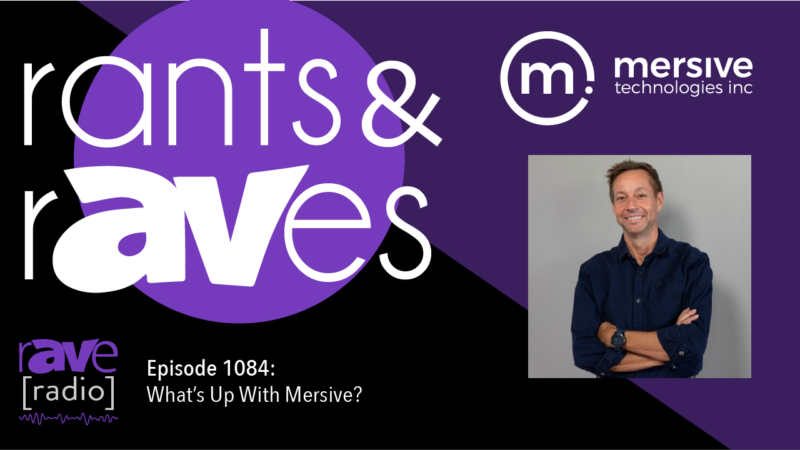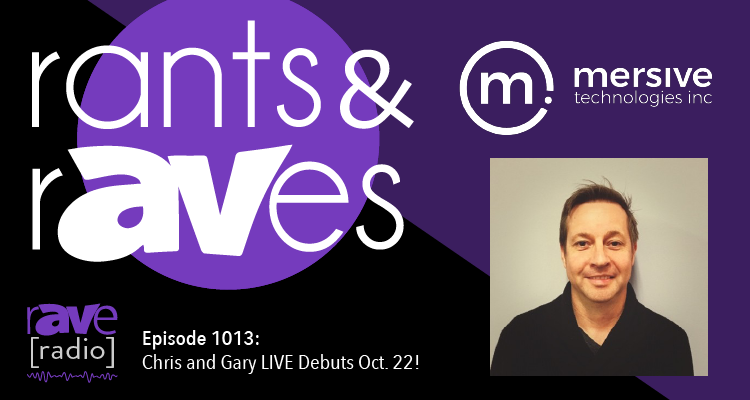Personal Analytics: Not All Data Is Good Data
 I have to admit that I’ve finally got involved in the start-up device craze and got hold of a device that measures and reports statistics related to my sleeping patterns. Congratulations to me — I now know that I sleep only 5-6 hours a night. Admittedly, I bought the device during our push to bring project “Stonehenge” to market and it probably would have been more meaningful to wait until April — but I couldn’t help myself. The device got me thinking — how valuable is all of this information? In the world of Claude Shannon, the father of information theory, information is a quantifiable numerical value that is independent of the observer or how that information is used. He’s right — but the value of information is tied to how it leads us to make decisions, or take actions. Do these devices produce usable information, or just information?
I have to admit that I’ve finally got involved in the start-up device craze and got hold of a device that measures and reports statistics related to my sleeping patterns. Congratulations to me — I now know that I sleep only 5-6 hours a night. Admittedly, I bought the device during our push to bring project “Stonehenge” to market and it probably would have been more meaningful to wait until April — but I couldn’t help myself. The device got me thinking — how valuable is all of this information? In the world of Claude Shannon, the father of information theory, information is a quantifiable numerical value that is independent of the observer or how that information is used. He’s right — but the value of information is tied to how it leads us to make decisions, or take actions. Do these devices produce usable information, or just information?
The past year has seen a proliferation of small sensors that are able to track everything from your driving patterns, fitness activity, and sleeping habits. The trend was brought to a new level recently with Hitachi’s “happiness measuring device” — a wearable card that determines where you are, who you are with, if you are sitting, talking, typing, or nodding off. As a technologist, I became curious at why these devices have become so interesting to so many people.
I purchased the “Sense,” the product of a Kickstarter campaign that developed a small and sleek device that is deployed on the nightstand and communicates with two small “sleeping pills” that are embedded with your pillow to measure your activity during sleep. I won’t go into a detailed review of the device here — other than to say it performed as advertised but could use a bit more intelligence when it comes to distinguishing between multiple people.
When it comes to producing information of value I can say that, in my case, the Sense didn’t pass the test. First, it didn’t tell me much more than I already know about my own sleeping patterns. Secondly, information that it did provide that I wasn’t aware of, is so abstract that I can’t tie it to actions that will improve my sleeping habits. After my sleeping experiment, I’ve asked several people about their Nike Fit bands and I’ve heard similar stories. ‘It is interesting data, but it hasn’t changed my fitness routine,’ for example.
It’s probably not a surprise that these devices are being purchased despite the lack of evidence that they change our behavior. There has been some interesting research over the past couple decades that shows a strong link between a dopamine reward and a mind that learns something new (regardless of how valuable the information is). These dopamine-drip devices are similar to the reward our brain receives when we check email.
Why does this matter? In the case of businesses, it is important that information capture is tied to actionable information. I’ve already blogged about the convergence of personal and business analytics. We are in the middle of developing a “display analytics” tool that allows corporate enterprise to learn about how their own meetings unfold — how much information is shared, what teams collaborate with one another and when — for example. My experiment with the Sense device is informing our process. In designing the system, we making sure that the data being captured can be tied to real outcomes — like making a meeting for valuable for the participants.





